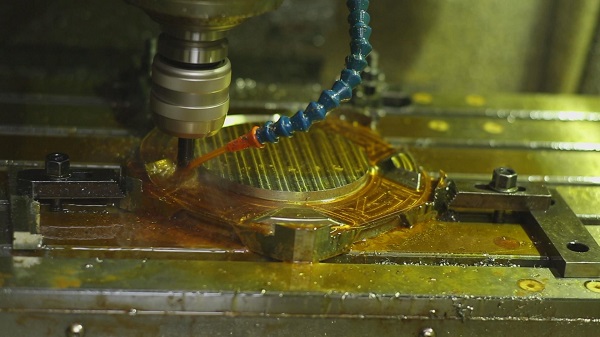Get in touch.
Dear,I will reply in 12 hours. All your message are protected!
Rapid Prototyping Services, Professional manufacturer of CNC Prototyping and 3D Prototyping in China.
CNC machining is a precise and efficient manufacturing technique used in various industries. To achieve accurate and high-quality results, it is crucial to ensure that the CNC machine is properly leveled. In this guide, we will discuss the step-by-step process of leveling CNC machines and the importance of this calibration.

1.Using Clamps:
One common method to secure CNC machined parts is by using clamps. Clamps provide a firm grip on the workpiece, preventing any movement during machining operations. It is essential to choose clamps that are suitable for your specific part, considering its shape, material, and size. Properly aligning and tightening the clamps will guarantee stability throughout the machining process.
2.Adhesive Fixation:
In some cases, clamping might not be feasible due to the part's complexity or delicate nature. In such situations, adhesive fixation can be an excellent alternative. Using adhesives specially designed for CNC machining, carefully apply a thin and even layer between the workpiece and the machining surface. Ensure proper cleaning and preparation of both surfaces before applying the adhesive to achieve a strong and reliable bond.
3.Vacuum Fixturing:
For CNC machining of flat or thin components, vacuum fixturing can be highly effective. This method utilizes a vacuum table or chuck to hold the part securely in place. By creating a suction force, the vacuum fixturing system eliminates the need for clamps or adhesives and minimizes the risk of part distortion. It is crucial to ensure an airtight seal between the workpiece and the vacuum chuck for optimal stability.
4.Fixture Design:
Designing custom fixtures tailored to your specific CNC machining needs can significantly enhance part fixation. Fixtures provide dedicated support and alignment for the workpiece, minimizing the risk of movement or vibration during machining. Consider factors such as the part's geometry, material, and required machining operations when designing fixtures. Incorporating features like locating pins, clamping surfaces, and support structures can improve part stability and accuracy.
Conclusion:
Leveling a CNC machine is a critical step in ensuring accurate and high-quality machining results. By following the steps outlined in this guide, you can maintain the levelness of your CNC machine and achieve optimal performance. Remember, a leveled machine not only improves accuracy but also prolongs tool life and reduces downtime.
© 2005-2025 Shenzhen Tuowei Model Technologies Co., Ltd. | All Rights Reserved 粤ICP备11096697号